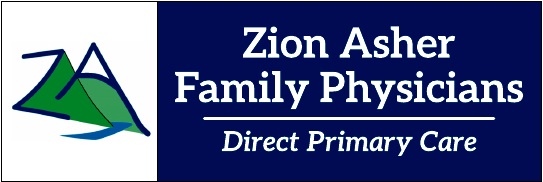Safe & Effective First Aid Tips for Minor Burns at Home
Aloe vera, mustard, vinegar—burn myths like these tend to resurface every summer. But what really works when treating a burn?
Burn-related ER visits spike every year around the Fourth of July due to fireworks, grilling accidents, and prolonged sun exposure. Here’s what to know about when to treat a burn at home—and when to seek medical care.
Which Burns Can You Treat at Home?
There are five categories of burns, but only two types are safe to manage at home:
Superficial Burns
Example: mild sunburn
Skin remains intact but feels warm, red, dry, and painful
Partial Thickness Burns (First- and Second-Degree)
Red or blistered skin
Swelling and pain
Skin is moist and sensitive but not pale, leathery, or blackened
When to Go to the ER
Seek immediate emergency care if:
The burn covers more than 10% of the body
The skin looks white, leathery, or "Swiss cheese"-like
The burn involves hands, face, genitals, joints, or airway
The person burned is a child, elderly, or immunocompromised
There are signs of infection: pus, spreading redness, fever
If a blister breaks open or skin appears raw, it may require professional wound care to prevent infection.
Burn Care at Home: Do’s and Don’ts
✅ DO:
Run cool (not cold) water over the burn for up to 5 minutes
Use a clean, damp towel or gauze compress for up to 30 minutes
Gently clean with mild soap and tap water
Take over-the-counter pain relief (acetaminophen or ibuprofen)
Keep the burn clean and loosely covered with sterile gauze
❌ DON’T:
Do not apply ice—it can worsen skin damage
Avoid creams or salves unless directed by a doctor
Don’t use alcohol, hydrogen peroxide, or harsh cleaners
Skip spray anesthetics or lidocaine gels, which can irritate the skin
Healing Time & What to Watch For
Most minor burns heal on their own in 3 to 21 days, depending on the depth and size of the burn.
Keep an eye out for signs of infection such as:
Increased redness or swelling
Pus or foul odor
Fever
Delayed healing
If you're unsure, reach out to your doctor. It’s always better to ask early than to treat too late.
Have a Safe and Happy Fourth of July!
Burns are common but preventable. Stay safe this summer by keeping water nearby during fireworks or grilling, avoiding prolonged sun exposure, and knowing when to seek medical help.
⚖️ Medical Legal Disclaimer:
This article is for educational purposes only and does not substitute for professional medical advice, diagnosis, or treatment. Always consult your physician or a qualified health provider with any questions you may have regarding a medical condition. If you think you may have a medical emergency, call 911 or go to the nearest emergency room immediately.
Last Updated: June 28, 2025





